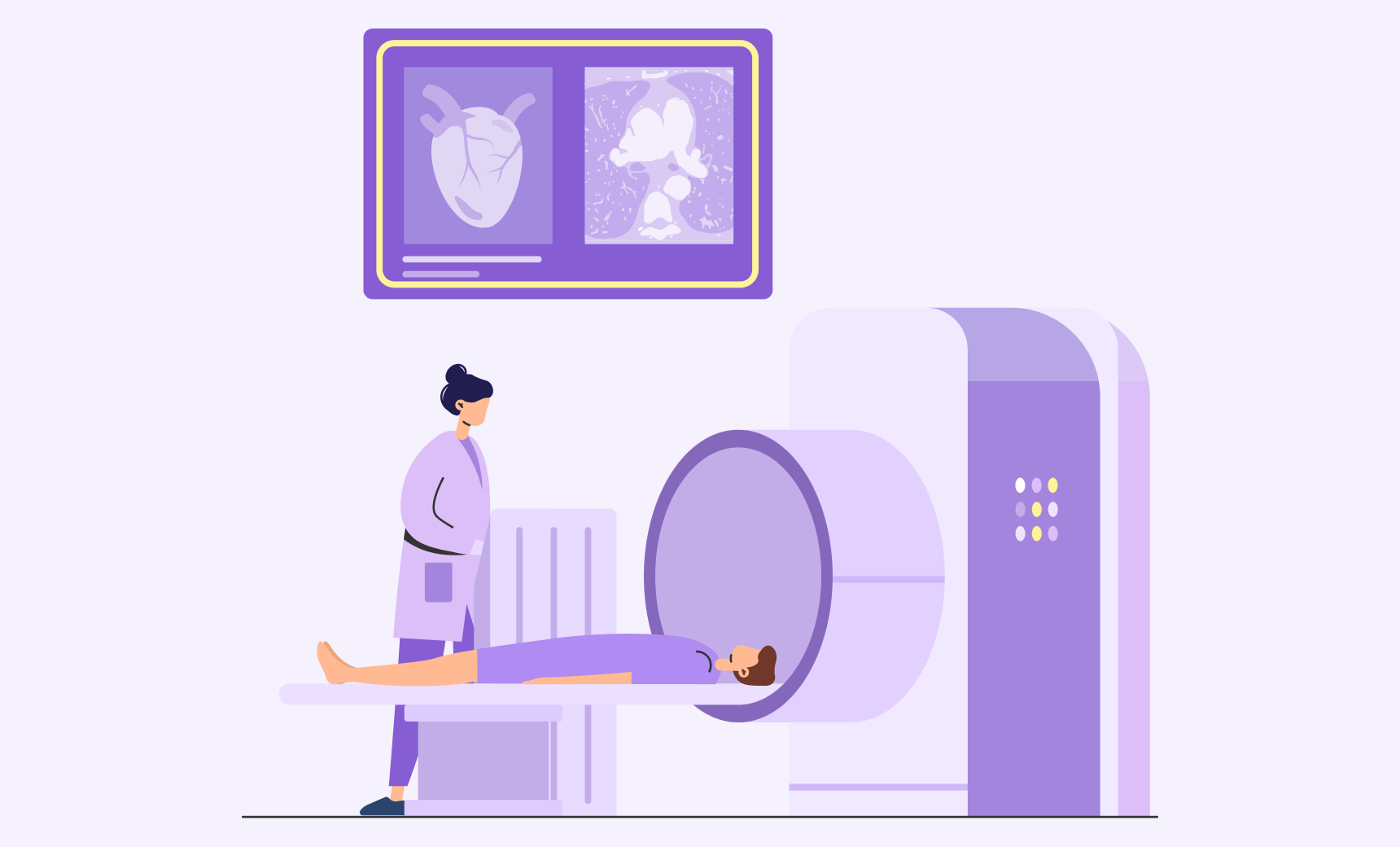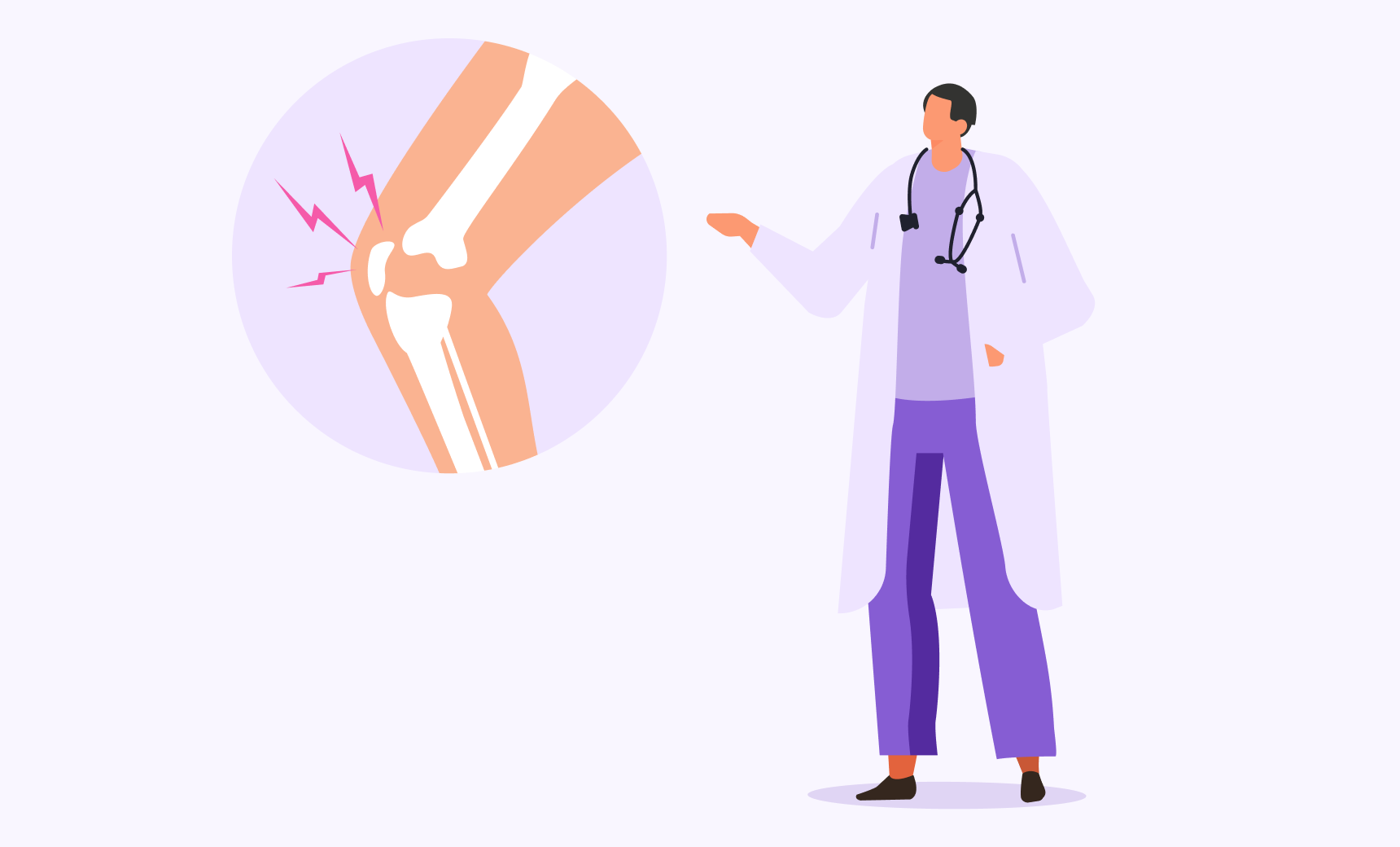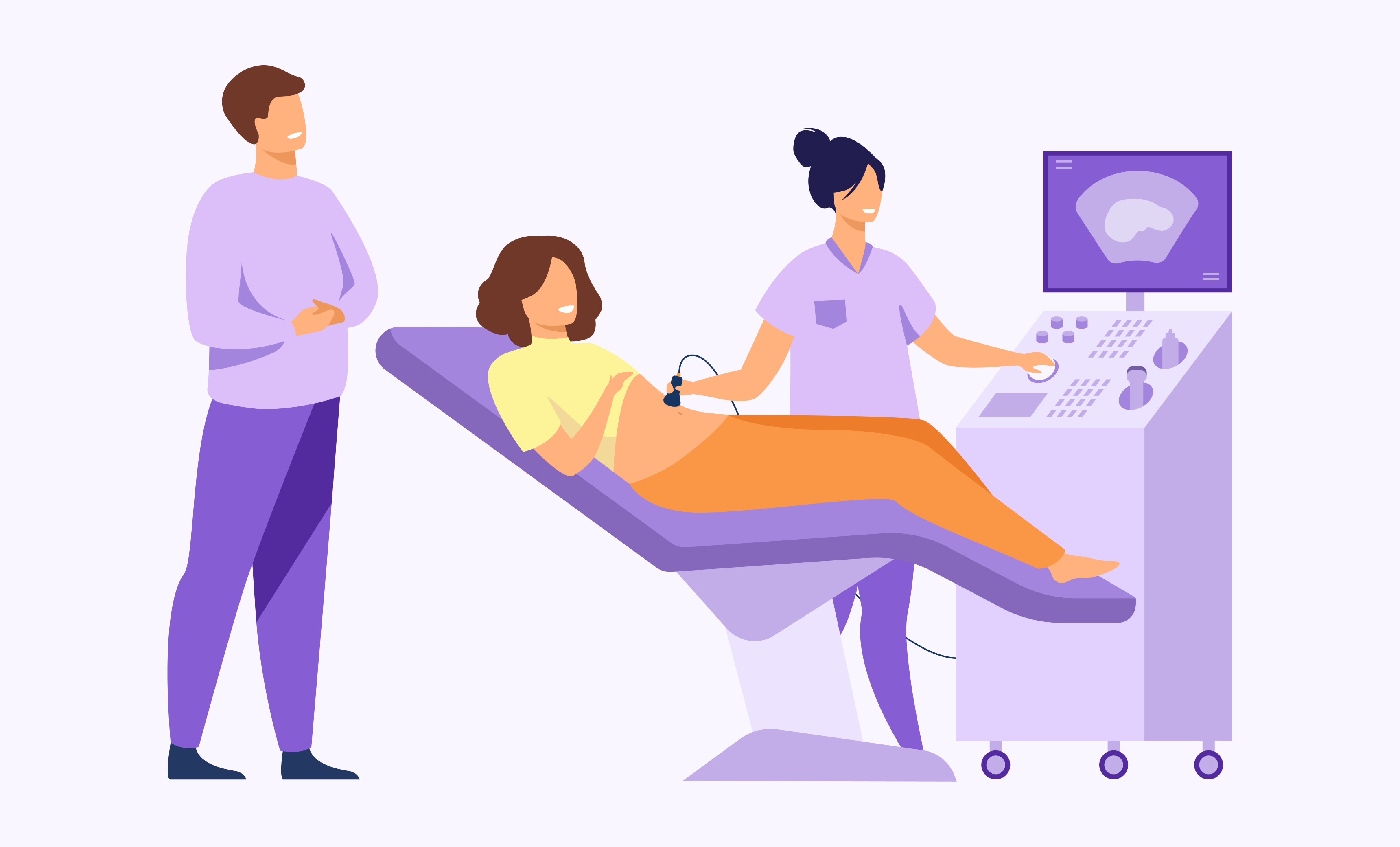Heat Exhaustion vs. Heat Stroke: What You Need To Know
You’re at the beach, it’s finally summer, and the sun has been shining all day. And you were having a great time, except you’re now starting to feel unwell. You’re nauseous, you have muscle cramps and an absolutely pounding headache.
Those are all symptoms of heat exhaustion, and it’s very common on a hot day. Sometimes it’s as simple as forgetting to drink water or staying out too long in the heat that can bring on symptoms of heat exhaustion.
Lucky for you, heat exhaustion is easily treatable.
So, you sit down in a shaded area to cool off. Your friends give you a cold bottle of water and a cool, wet towel to help bring down your body temperature. Unfortunately, you’re still not feeling better after 10 minutes, and it seems your symptoms are getting worse.
When heat exhaustion isn’t treated right away, it can lead to heat stroke. This requires immediate medical attention and the symptoms aren’t so obvious. In the most common cases, a person experiencing heat stroke stops sweating despite the heat. Their skin may be red, hot, and dry — which often is mistaken as a recovery from heat exhaustion — as well as confusion or staggering may occur, and even unconsciousness and seizures, if heat stroke is prolonged.
Your friends notice that your skin is dry but very hot to the touch. You’re feeling more nauseous and tired than before. They immediately call 911, just to be safe, even if you may not be having a heat stroke.
While the paramedics are on the way, your friends apply a cool, wet towel (or ice) to your armpits, neck, and back to reduce body temperature effectively. The paramedics arrive soon and you’re taken to the hospital.
Depending on the severity of your heat stroke, the doctors might keep you in the hospital for monitoring for up to 48 hours. Fortunately, your friends knew what to do and jumped into action quick enough to keep your heat stroke at bay until the paramedics arrived. Within a few hours, you’re able to go home with orders to rest and stay out of the heat for the next couple of days.
Heat-related illnesses are very common, but they are all 100% preventable, and it’s easy. Just makes sure you drink plenty of fluids — water or a sports drinks — since the onset of dehydration is much quicker in the sun than indoors. It’s also important to take breaks out of the heat as often as possible. Don’t worry, the beach will still be there in a few minutes. Besides, it’s better to take a short break from being outside than to be stuck inside for several days, recovering from a heat stroke.
LabFinder is a no-cost, online platform for people to easily schedule their medical tests and view results securely. The LabFinder team is passionate about improving the ‘patient and doctor experience’ through better communication, reduce out-of-pocket expenses and making everyone know more about their own medical tests. The mission of LabFinder is simple: we want to be solution to you and get you the test results you deserve so you can make right choices about your health.







LabFinder Team
The LabFinder Editorial Team is behind The Illuminator and The Insider, LabFinder’s consumer and business blogs.
Dr.Robert Segal
Dr. Segal is CEO and co-founder of LabFinder, as well as a board-certified cardiologist. He began practicing medicine in 2002 and has founded several businesses, including Medical Offices of Manhattan and Manhattan Cardiology.